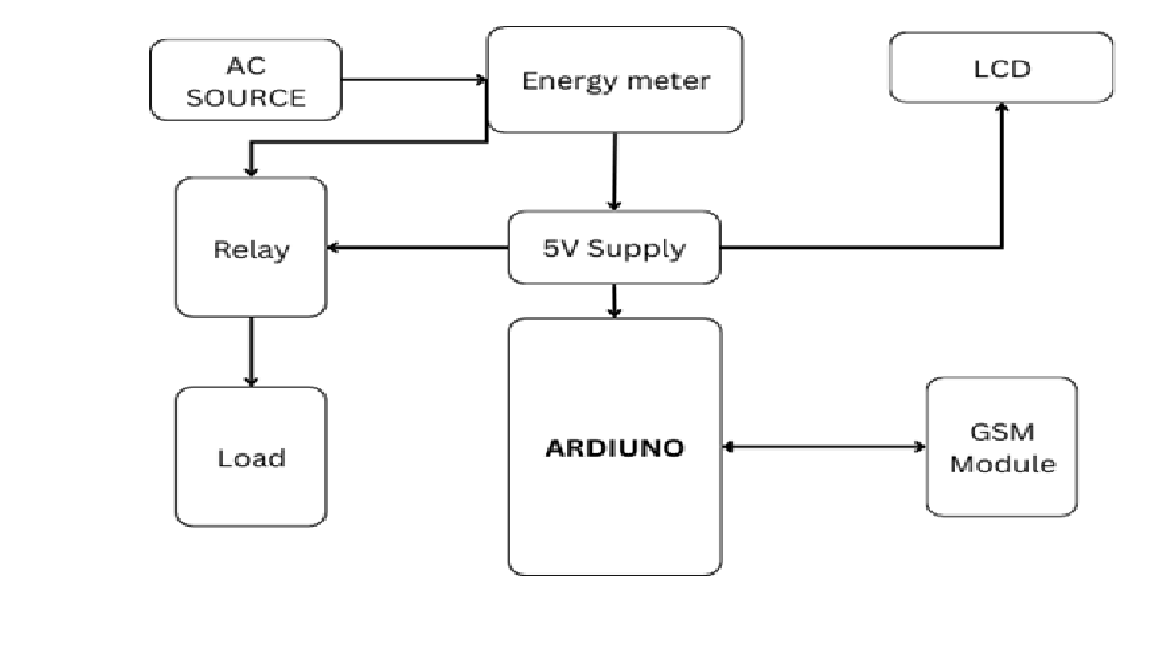Energy Safe Pro: A Smart and Secure Prepaid Metering Solution for Energy Management
Main Article Content
Abstract
The purpose of this document is to reduce the length of time that customers have to wait in line at the energy meter billing stations and to automatically restrict the amount of energy meters that are used in the event that the payment is not paid. Additionally, the project intends to provide a method that would reduce the amount of revenue and electricity that is lost as a result of power thefts and other instances of illegal activity. The application of this technology extends to all companies that distribute power, as well as private communities, information technology parks, and housing developments that are self-contained. The implementation of this document will contribute to the improvement of energy management, the conservation of energy, and the elimination of pointsless difficulties that are associated with inaccurate billing. Through the use of a GSM communication network, the prepaid card engages in interaction with the electricity utility. Latching relays are responsible for disconnecting the consumer's load from the utility supply once the prepaid card has reached its maximum balance. The implementation of a prepaid energy meter system is demonstrated in this document. It will be beneficial for users to make use of this technology in order to regulate their consumption of electricity. In addition to being easy to use, it is financially efficient. Another advantage of the prepaid system is that it makes it possible to greatly reduce the number of mistakes that are made by humans when recording meter readings and processing bills.
